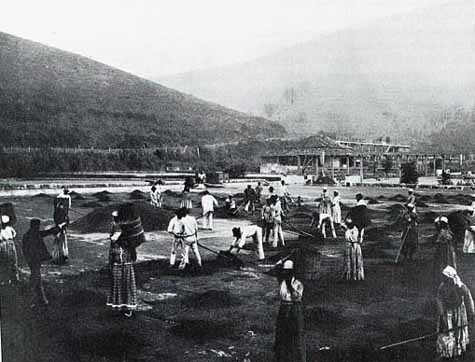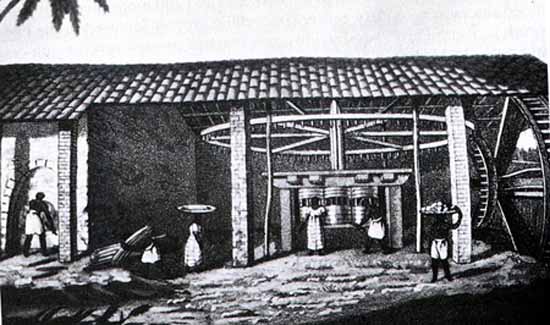

Lecture Outline:
A. African Slavery
1. Plantations in Brazil: Sugar
2. Urban Slavery
3. Variations in Scale and Periodization: The Caribbean,
Mexico and Peru
B. Adaptation and Resistance
1. Patterns and Strategies of Emancipation
2. Rebellion and Flight: The demands at Ilheus
2. The Problem of Conceptualizing Resistance, Adaptation and
Concession
Key Terms:
| Plantation
Engenho/ Senhor de Engenho Lavrador de Cana |
Fazenda Agregado |
Carta da Alforria (or Carta de Liberdade)
Quilombo |
Required Readings:
Optional Additional Readings:
Mary Karasch, "Anastacia and The Slave Women of Rio" from Africans in Bondage, pp.79-105.
Stuart Schwartz and James Lockhart, "Brazilian Beginnings”
Stuart Schwartz, Chapter Two, "Sugar Plantation Labor and Slave Life" from Slaves, Peasants and Rebels: Reconsidering Brazilian Slavery, pp.39-65.
Questions for Consideration:
1. How much control over the slave system did the following actors have in colonial Brazil: kings and merchants in Portugal, local sugar planters, and slaves? After you review this, consider the issue of class about top-down versus bottom-up change in order to answer the question. To what degree does slavery fit into the two models of colonialism?
2. Why didn't more slaves rebel? (To answer this, you must use
the class discussions.)
